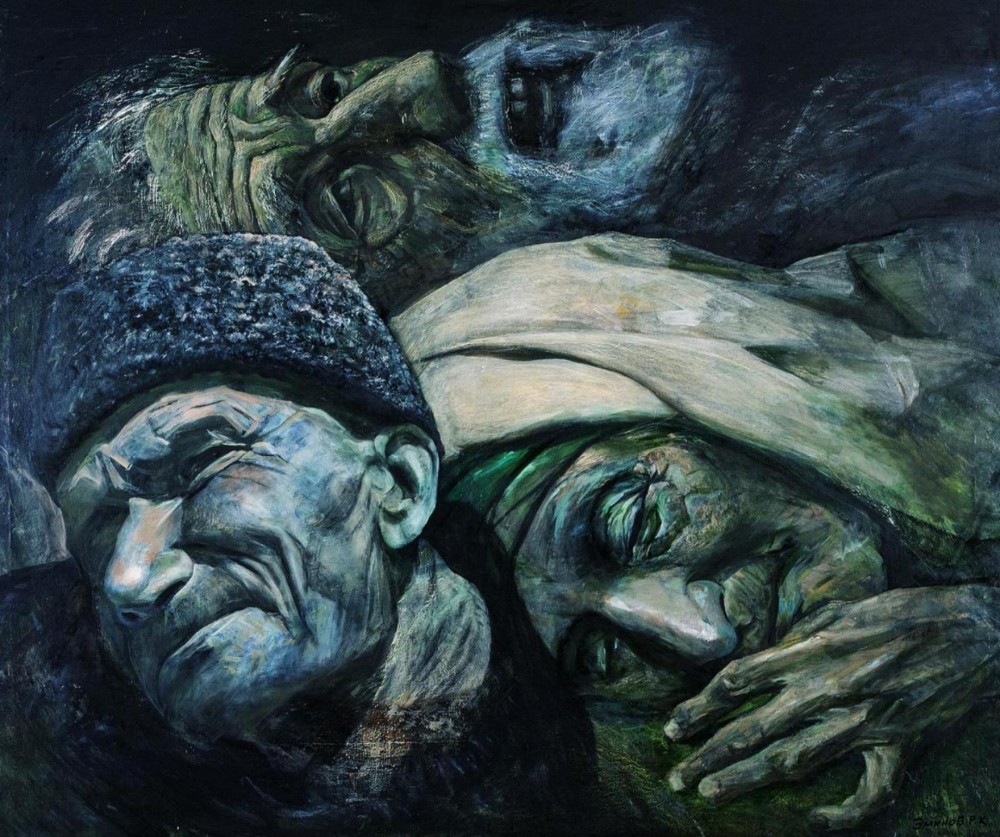
The mass artificial famine of 1921—1923 in Crimea arose as a result of a combination of the military-communist policy of Soviet Russia, which seized the Crimean peninsula in November 1920, with the consequences of several years of wars and revolutions and unfavorable natural and climatic conditions. Without the policy of the Russian communist regime, the losses among the Crimean people and in the agricultural sector of Crimea would not have been so catastrophic. As a result of the famine, approximately 100,000 people or almost 14% of Crimeans died. The vast majority of victims were Crimean Tatars. Purpose of the study is to study the struggle with Soviet farms (state farms) at the final stage of the mass artificial famine of 1921-1923 of the Crimean Tatar peasantry of the Southern coast of Crimea on the basis of analysis of the case of the “counterrevolutionary organization “Milli Firka””.Results. The communist regime in the late 1920s and early 1921s actively planted state farms in the nationalized lands of Crimea, but due to their inefficiency and resistance of the peasantry, the number of such farms decreased by almost 10 times in a year. The exception was the southern coast of Crimea, where most state farms continued to operate in the former lands of the imperial family, aristocracy and imperial dignitaries. This led to a deepening catastrophe during the famine among the peasants of the southern coast, the vast majority of whom were landless Crimean Tatars and suffered from the inability to rent land. The analysis of the materials of the case «Milli-Firka», which in 1928-1930 was conducted by the punitive and repressive bodies of the USSR against the Crimean Tatar intelligentsia and activists, shows the active actions of the Crimean Tatar intelligentsia and peasants to seize land and distribute state farms near Yalta. Conclusions. Analysis of information from the case “Milli-Firka” clarifies the notions present in historiography about the «passivity» of Crimean Tatars during the mass artificial famine in Crimea in 1921-1923, from which the Crimean Tatar people suffered the most among all Crimean ethnic communities. Materials contained in the cases of punitive and repressive bodies of the USSR testify to the active attempts in 1923 by Crimean Tatar peasants and intellectuals to resolve the issue of landlessness and scarcity of land on the southern coast of Crimea by seizing the lands of state farms. This region was characterized by a noticeable concentration of state farms, while in other parts of the Crimea most of them were liquidated in 1921. At least one case is known when an anti-farm action was carried out in the village of Kyziltash, Yalta district, formed a «national» artel, uniting peasants regardless of property status. It seems that the organizers and participants of such actions tried to give their attempts to protect the interests of the Crimean Tatar peasantry forms externally loyal to the Soviet government. This is evidenced, in particular, by the use of red flags and artel forms of self-organization. The success of these anti-state farm`s actions could have been facilitated by the political situation when, in the context of the proclamation of the RCP (B) policy of indigenization, representatives of the nationally oriented Crimean Tatar political militia (“millifirkivtsi”) cooperated with the National Communists among the Crimean Tatar.
Source: Ivanets A. (2021). The struggle of the Crimean Tatars with the state farms on the south coast of the Crimea in 1923 (according to the materials of the literary case “Milly-firka” from branch state archive of the SSU). Ukrainian peasant. 26: 19-25
Source web-site: https://ukr-selianyn-ejournal.cdu.edu.ua/article/view/4444/4711
Number of views: 1580